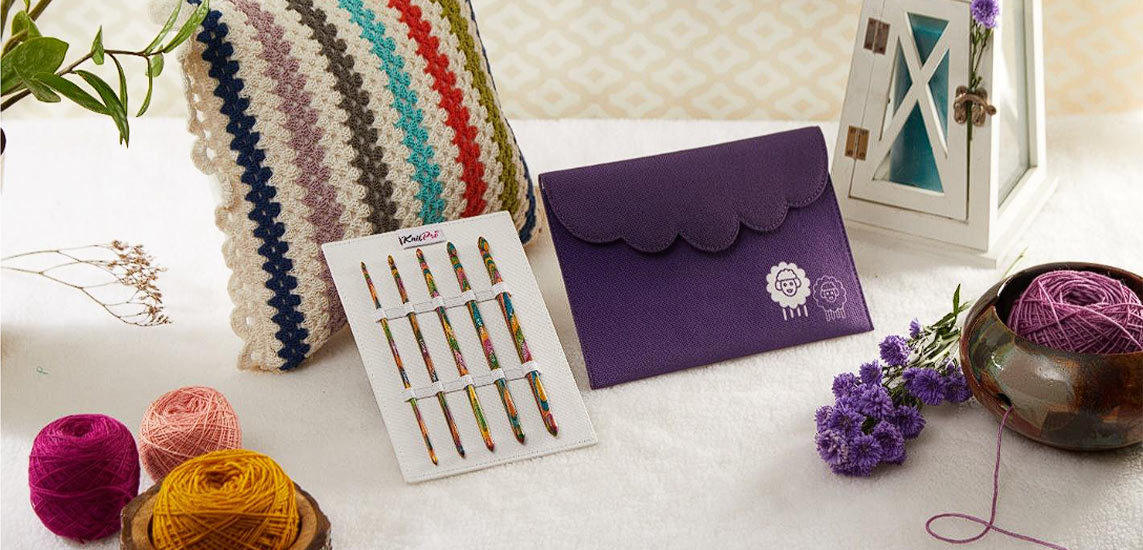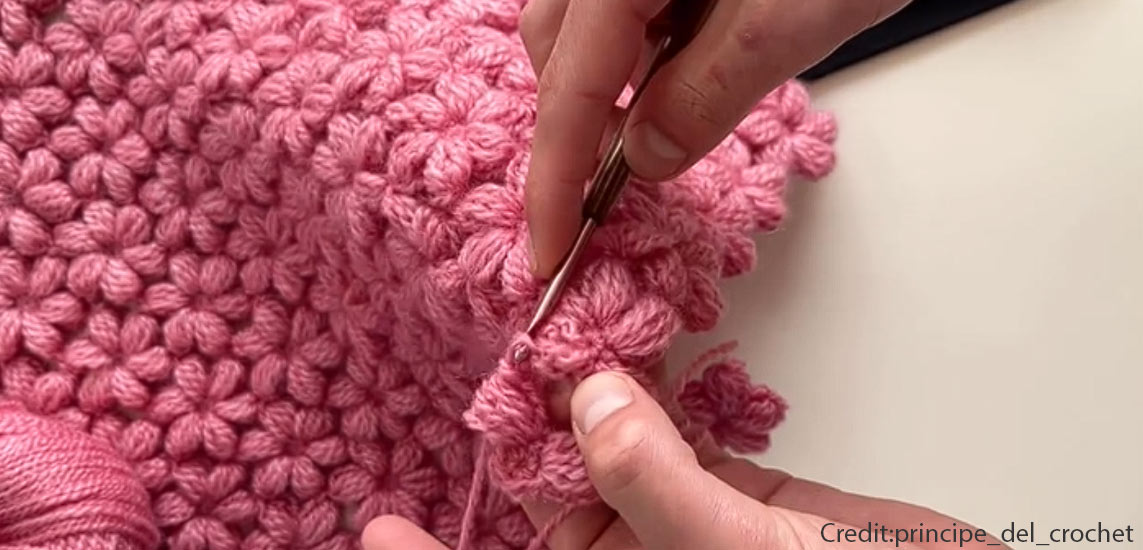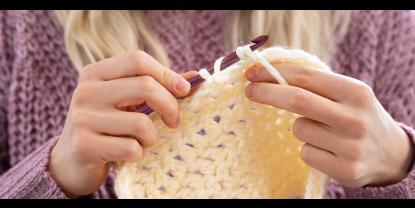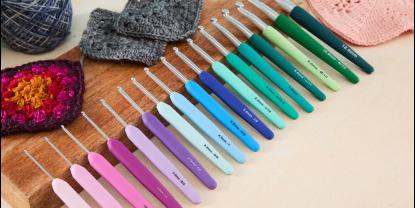Crocheting is more than just a hobby; it is a very flexible art form that allows you to create everything! From delicate shawls to cozy blankets and personalized items, you can open up endless possibilities with the craft. When you are at the start of your crochet journey, all you need is your favorite crochet hooks and yarn. But, to become a pro, you need to acquire skills, and here in this blog, we will discuss one of the most important skills that often goes overlooked, especially by beginners! And it is maintaining consistent tension. It is essential to master this skill because it affects everything from the texture of your fabric to the size and shape of your project. Don't worry if you are struggling with it; we have got you covered!
What is Crochet Tension?
Tension means how tightly or loosely you hold the yarn while you crochet. It will directly affect the tightness of your stitches. If the tension isn't good enough, your stitches are going to be inconsistent, which will lead to an uneven and unclean look, which no one appreciates.
1. Select the right crochet hook

Crochet hooks come in various types and sizes. Apart from the right type, the material of the hooks is important, too, because each material will interact differently with yarn. For instance, aluminum hooks are smooth and work well with many yarn types. Wooden and bamboo hooks give more grip, which can be very helpful if you find your stitches slipping away too easily. You may develop a preference. Some prefer warm wood such as Ginger or Symfonie while some lightweight metals such as Zing, there are also crocheters that love the feel of ergonomic handles of Waves while some may prefer a certain shape.
Single-Ended Crochet Hooks are the most common and popular crochet hooks and are great for beginners as well as advanced makers.
Double-Ended Crochet Hooks are designed for particular techniques, such as the crochet-knitting style of Tunisian crochet, which produces a thicker and braided texture. Also, there are hooks with two different sizes on either side.
Interchangeable Tunisian Crochet Hooks are longer than regular hooks, often used with a cord length and stopper at the end to handle multiple stitches. They are great for creating thicker and more complex fabric patterns
Have a variety of crochet hooks in various sizes! Crochet hook sets will allow you to select the most suitable hook for the specific yarn and project you are working on, ensuring that your crocheting is both easier and more effective.
2. Experiment with how you hold the crochet hook
The way you hold your crochet hook affects your hand and wrist ergonomics and therefore your tension. Experiment with different grips, such as the pencil and knife hold, to see which causes less strain on your joints. A comfortable grip that doesn't require extra force is critical to maintaining smooth tension and avoiding unnecessary hand fatigue.
3. Find the right way to manage your yarn
Wrapping the yarn around the opposite hand's index finger balances freedom of movement and control. This step prevents the yarn from sagging or being pulled too tightly. Keep in mind that everyone has a unique style, so feel free to discover the technique that works best for you.
4. Crochet a Gauge Swatch
To understand and master crochet tension, whenever you start with a new project, make sure to start with a gauge swatch. With the crochet hook and yarn work out a few rows, so that you have a 6-inch square. This small practice swatch will allow you to get used to the hook and yarn. Plus, you can calculate the stitch count so that you can adjust the hook size according to need of the project. If you are getting more stitches in an inch, you need to choose a bigger hook size and if you are getting less stitches, you need to go a size down.
5. Keep a keen eye on the tension of your stitches throughout
If you forget this tip, the result might not be great. Your project will be irregular and incorrect in size. Take a break after a few rows or rounds and stretch your project to let the yarn correct tension.
6. The right sitting position is of utmost importance
Whenever you sit for crochet sessions, always sit in a comfortable and supportive chair that secures good posture. Make sure your back is well-supported, your feet are flat on the floor, and your elbows are a little higher than your work surface. This position helps to ease the stress on your neck and shoulders and makes it simple to handle your crochet hooks.
7. Proper Crafting Environment
Your work environment should include proper lighting and a neat workspace so your focus is entirely on the yarn and your eyes won't strain. A light source behind you is best as it will not directly glare into your eyes! If you are working on detailed and delicate patterns, you can use a magnifying glass. Your body will thank you later if you pay attention to these factors, as you can enjoy longer crocheting sessions with less fatigue and a lower risk of injury for a very long time.
8. Practice
With practice, you can master crochet tension. Start with simpler projects to understand the basics. Once you feel comfortable and confident, then move to more complex patterns and designs.
With these tips, and soon, you'll master crochet tension. With KnitPro’s range of crochet hooks and sets get ready for fabulous crochet creations. Explore the vibrant aluminium of Zing or the warm wood of Symfonie and Ginger range. Go back to basic bamboo or treat yourself to ergonomic rubber handles of the Waves collection, happy crafting!












